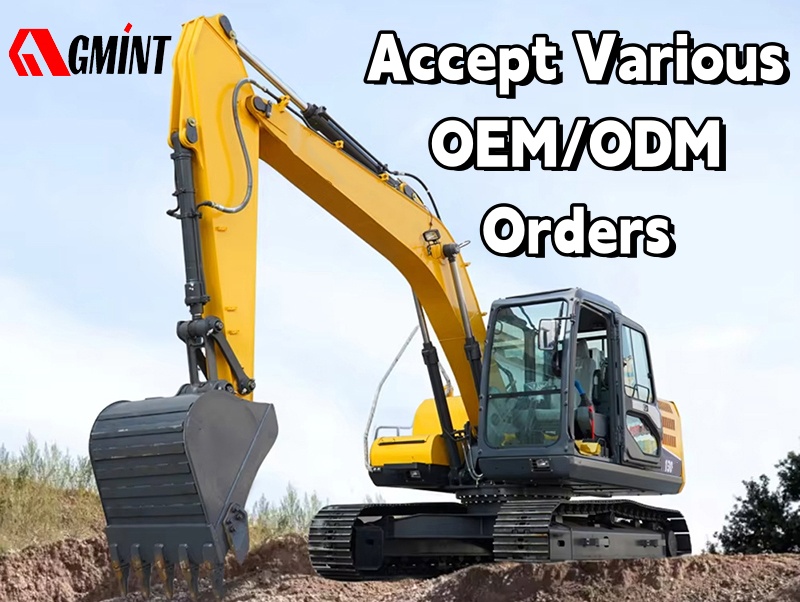
Rules for Maintenance of Crawler Tracks of Excavators
As we all know, the walking part of the excavator is mainly composed of driving wheels, supporting wheels, etc. Crawler tracks are widely used in engineering machinery and equipment and are part of the walking device of crawler excavators.
Since excavators are generally constructed in relatively harsh environments. It is inevitable that the crawler tracks will become loose, damaged, broken, etc. What are the causes of crawler track damage?
Driving on uneven roads
When excavators are engaged in earthwork projects, the working site is generally uneven. Under such terrain conditions, if the crawler excavator walks improperly, the weight of the body will tend to be localized, and the local pressure will increase, which will cause certain damage to the crawler track and cause loosening problems.
Improper operation when turning
When the excavator is turning, the crawler track on one side is moving and the crawler track on the other side is not moving, resulting in a large-scale rotation movement. If the crawler track is blocked by the raised part on the ground, it will be stuck to the crawler track on the rotating side, and the crawler track can be easily strained.
Long-term walking operation
Excavators cannot be driven on the road for too long like cars. The operator needs to pay special attention to one point. Crawler excavators cannot walk for too long. This will not only cause great damage to the crawler, but also affect the service life of the equipment. Therefore, the movement and walking of the excavator must be controlled.
Failure to clean the gravel in the crawler in time
When the crawler excavator is working or moving, some gravel or soil will enter the crawler. If it is not removed in time before walking, the gravel will be squeezed between the drive wheel, guide wheel and crawler as the crawler rotates. Over time, the crawler of the excavator will loosen and cause chain rails to break.
The parking of the excavator is not reasonable
The parking of the crawler excavator cannot be vague. It must be parked in a flat place. If it is uneven, it will cause uneven force on the crawler of the excavator. The crawler on one side bears a large weight, which is easy to cause the crawler to be broken or cracked due to stress concentration.
After understanding the cause of the damage to the crawler, how to maintain it?
When a roller that cannot be operated due to a fault is found, it should be repaired in time
If some of the sprocket wheels or supporting wheels of the excavator cannot continue to operate, continuing to use it in this state may cause the roller to wear out and even cause wear of the rail chain links. Therefore, when encountering such a situation, be sure to repair it immediately so that other faults can be avoided in time.
Avoid the excavator from traveling on inclined ground or turning suddenly
If the excavator travels on inclined ground repeatedly for a long time and turns suddenly, the side of the rail chain link will contact the side of the drive wheel and the guide wheel, resulting in increased wear. Therefore, during the operation of the excavator, straight travel and large turns should be selected as much as possible, which can effectively prevent excessive wear.
Regularly check and reinforce bolts and nuts to effectively reduce wear
After the excavator has been working for a long time, the supporting wheels, track plate bolts, drive wheel bolts, travel pipe bolts and other parts are easily loosened due to vibration. If the equipment continues to operate when the track plate bolts are loose, a gap may be created between the bolts and the track plate, resulting in cracks in the track plate. The gap may also enlarge the bolt hole between the crawler and the rail chain link, making it impossible to tighten it, resulting in the need to replace the crawler and rail chain link.
Although the causes of excavator track wear are mostly due to some small details, it is these small details that are easy to ignore that may lead to major failures and consequences. We believe that only by carefully caring for the equipment over time can the equipment last forever.





